6 Things Your Students with Disabilities Want You to Do
August 7, 2023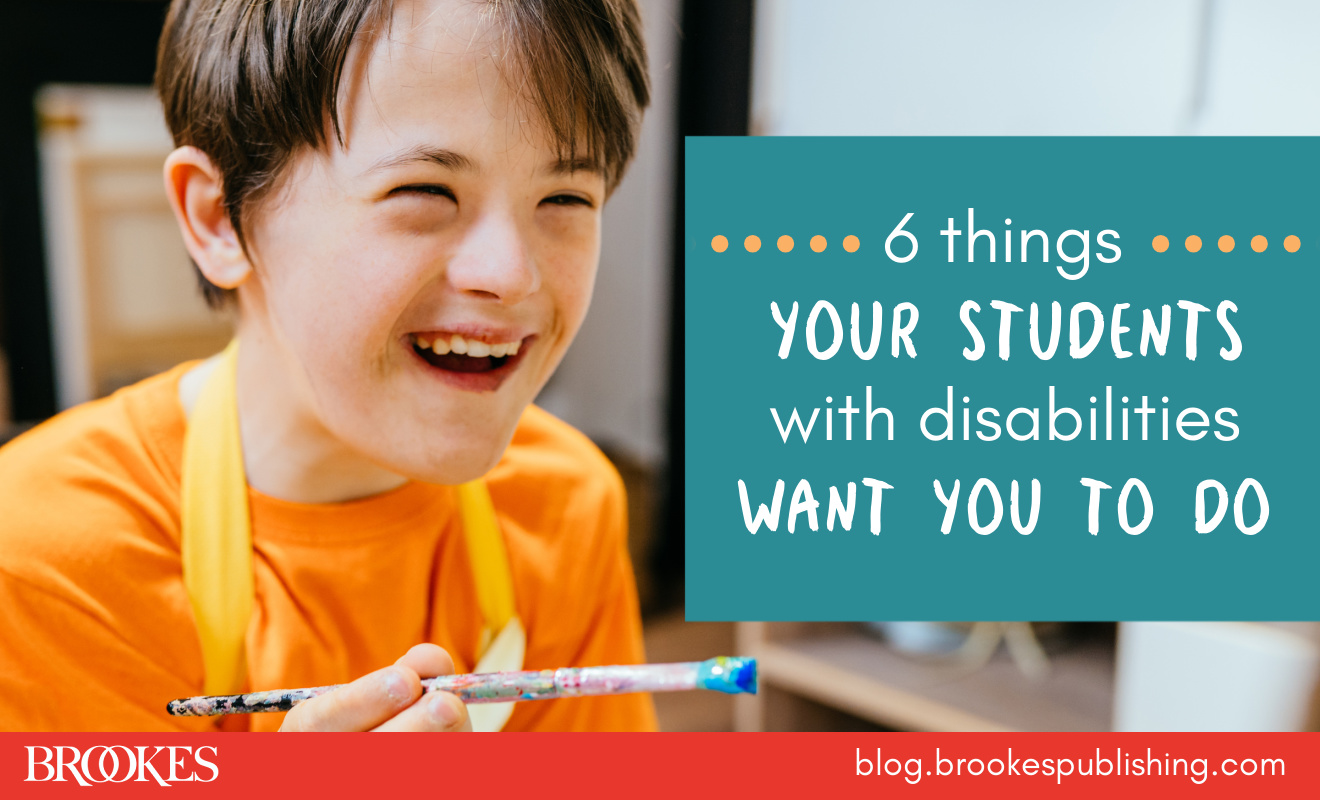
*UPDATED with “Take Action” steps on 8/7/23!
Here on the Brookes blog, we mostly bring you professional advice, from educator to educator. This week we’re doing something a little different. Today’s post brings you the perspective of students with disabilities, to give you more insight into what your learners might be thinking, what they need most, and what they want their teachers to do.
These six key ideas were excerpted and adapted from Quick-Guides to Inclusion, Second Edition, by Michael Giangreco and Mary Beth Doyle, based on their interviews with students like yours. Keep these tips (and action steps) in mind as you work to provide a fair and equitable education for all the learners in your classroom!
***
Notice What I’m Good At
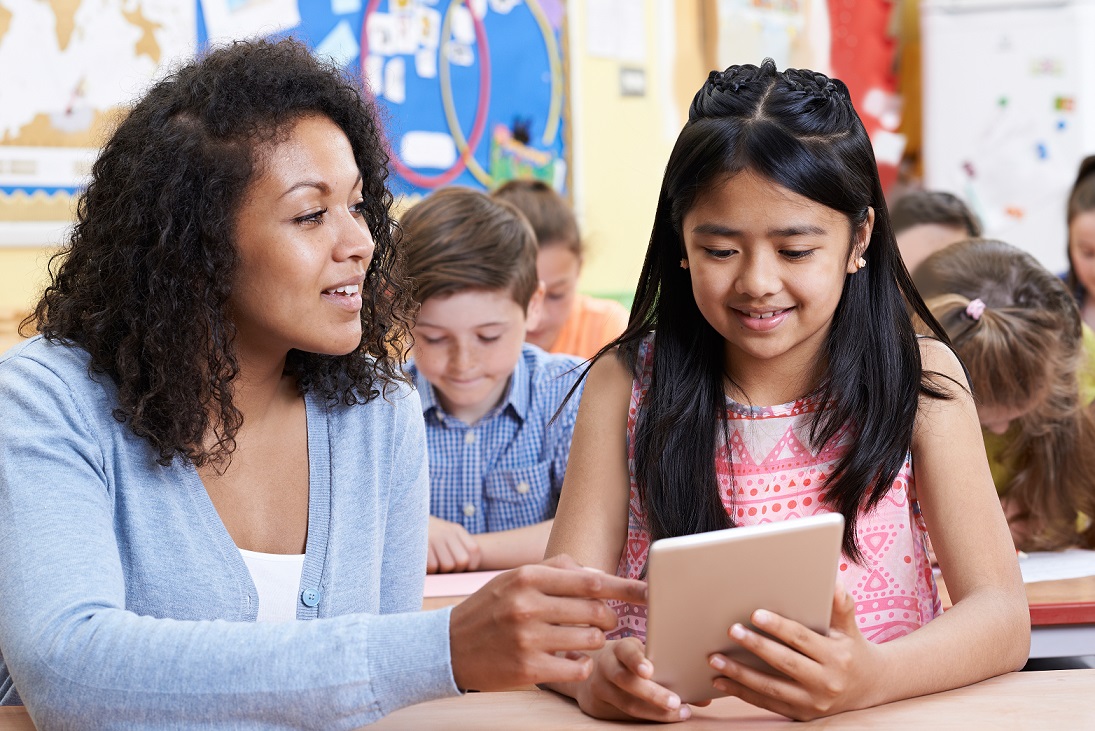 Everyone has things they’re really good at. For some of us, those may not be so obvious, so you may have to look a little harder to find them. But they’re there if only you take the time to notice. When you do, it means so much to us; it makes us feel as if we matter to you and that you think we are cool kids.
Everyone has things they’re really good at. For some of us, those may not be so obvious, so you may have to look a little harder to find them. But they’re there if only you take the time to notice. When you do, it means so much to us; it makes us feel as if we matter to you and that you think we are cool kids.
Just like all of our classmates, we need to feel loved and liked and appreciated for who we are. We need our teachers to recognize our talents and the things we are good at. We work hard at learning new subjects in school, like social studies, music, geology, art, math, and independent reading. We like to be recognized for being a good friend, being a helper in your class, and being a partner that other students can count on. These are all things we enjoy and want to learn more about—like all students. Maybe we have some trouble learning everything you try to teach us, but just because we don’t always learn everything doesn’t mean we are not learning anything. Pay attention to what we are learning and get excited about it! That makes us feel like you think we’re important students in your class.
TAKE ACTION: Learn how to turn your students’ fascinations and areas of strength into positive teaching tools that calm, motivate, and improve learning. The book Just Give Him the Whale! by Paula Kluth and Patrick Schwarz is a great place to start!
Ask (and Listen to) Me and My Family if You Have Questions
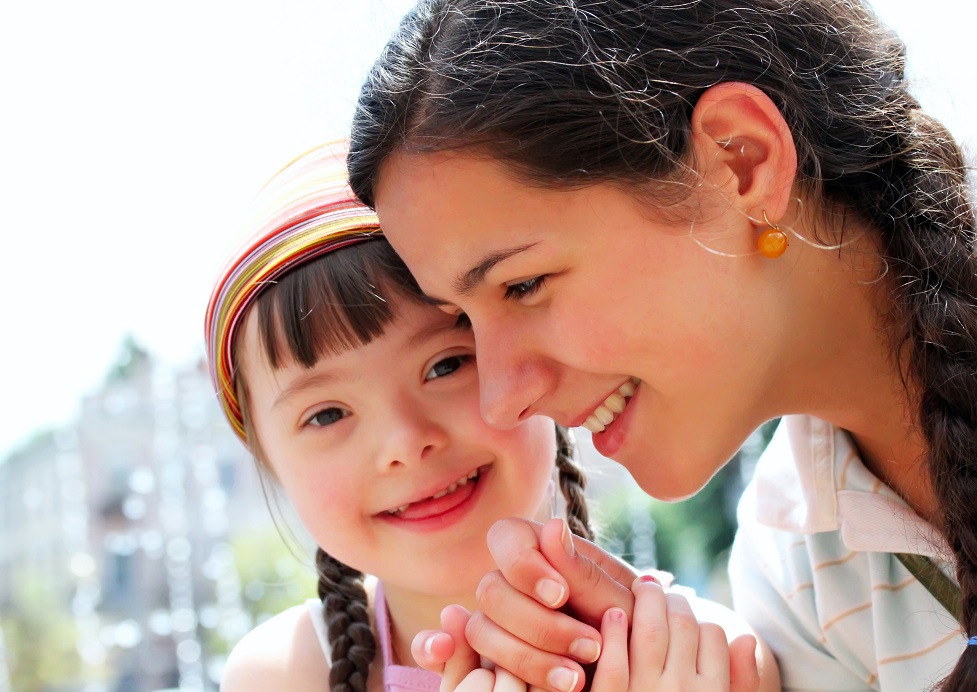 When you’re not sure about the best way to teach us, why we’re doing something, or if you don’t understand something about us, ask us! We like to speak for ourselves. You can help us practice speaking for ourselves by holding class meetings where everyone has a chance to talk. Please invite us to any meetings you have about us. At those meetings, please talk about interesting things that are important to us; don’t make the meeting only about things you don’t like about us. Let us invite friends to these meetings so they can help give the kids’ perspective. You’ll hear that kids just want to learn together, have fun, and feel like they belong.
When you’re not sure about the best way to teach us, why we’re doing something, or if you don’t understand something about us, ask us! We like to speak for ourselves. You can help us practice speaking for ourselves by holding class meetings where everyone has a chance to talk. Please invite us to any meetings you have about us. At those meetings, please talk about interesting things that are important to us; don’t make the meeting only about things you don’t like about us. Let us invite friends to these meetings so they can help give the kids’ perspective. You’ll hear that kids just want to learn together, have fun, and feel like they belong.
When you have questions we can’t answer, ask our parents. Usually, this is better than asking the specialists or trying to find the answer in our files. Just call or email our families–they will have lots of great ideas!
TAKE ACTION: Need guidance on developing stronger partnerships with families? Read these blog posts for practical tips:
10 Teacher Tips for Conducting Home Visits with Diverse Families
11 Tips for Successful Parent-Teacher Partnerships
18 Ways to Connect and Communicate with Families
Teach Me Interesting Stuff in Ways I Can Understand
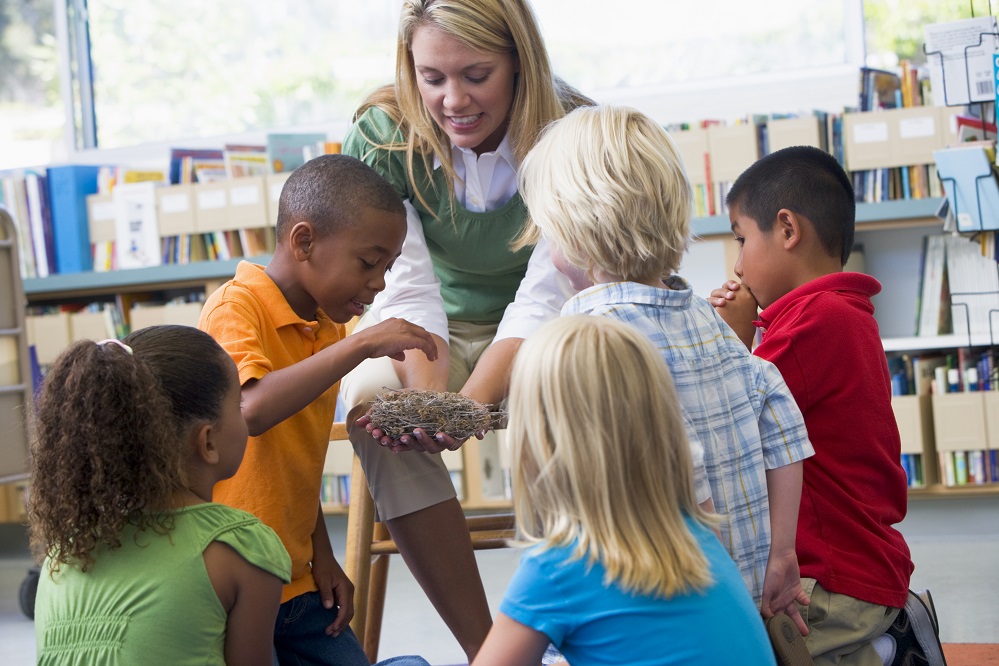 We all have had teachers who knew how to make learning fun and interesting. These are our best teachers, those we remember with happiness in our hearts.
We all have had teachers who knew how to make learning fun and interesting. These are our best teachers, those we remember with happiness in our hearts.
We love it when classes are interactive and we get to work in small groups. Working in small groups lets us learn together and teach each other, and that is really great. We appreciate guest experts, mini field trips, playing learning games, and doing research using the computer and the library. We especially love it when you let us use our personal interests and experiences to learn a new subject. That helps us relate what we are learning to our everyday life. And using technology not only makes learning fun, but for some of us it is the best way to learn.
Every student is unique, and we all learn in different ways. Some of us can listen and learn while sitting at a desk, while others have to move around the room or look out the window to concentrate best. Some of us can show what we know by writing on paper, while others do better by typing on a keyboard or dictating our thoughts through words and pictures. If you believe there’s not just one way to learn, then we hope you will believe that there’s not just one way to demonstrate our learning. Let us show you what we know in many different ways.
TAKE ACTION: Read this blog post on differentiated instruction—it lays out 7 key principles to follow and provides classroom examples for each one.
Listen to What My Behavior is Saying
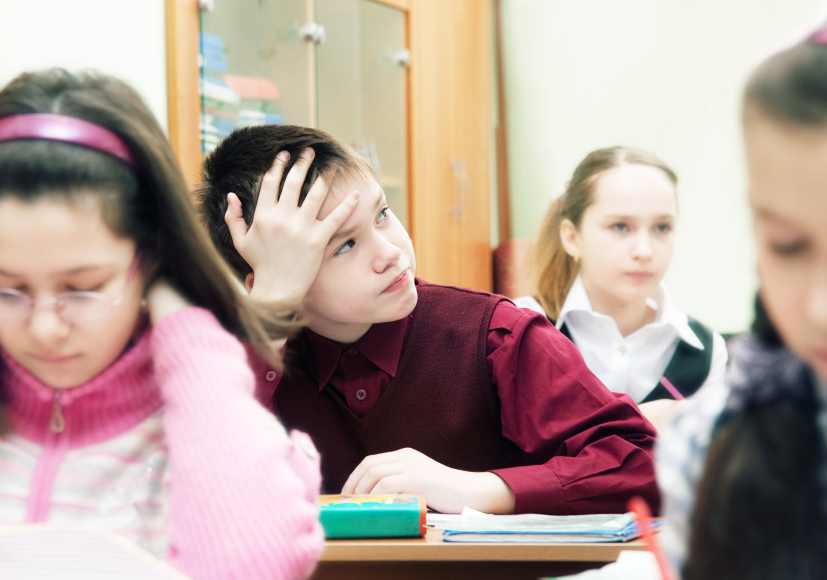 Everyone has different ways of telling the world what they like and dislike. For some of us, especially those of us for whom talking is not easy, we use our behavior to let the world know what we are thinking and feeling and wanting. When we use our behavior to tell you that we are upset, scared, angry, or bored, we usually end up in trouble. But how else can we tell you these things? We’re not trying to be bad; we’re just trying to get our points across.
Everyone has different ways of telling the world what they like and dislike. For some of us, especially those of us for whom talking is not easy, we use our behavior to let the world know what we are thinking and feeling and wanting. When we use our behavior to tell you that we are upset, scared, angry, or bored, we usually end up in trouble. But how else can we tell you these things? We’re not trying to be bad; we’re just trying to get our points across.
You should always believe that we are using our behavior to communicate. If you don’t understand what we’re trying to say, please ask us, our parents, and even our classmates. Together we can help you figure this out.
Please pay attention and make us feel wanted. Ask us if we are okay. Give us a smile to show that you understand us. Talk to us; don’t just tell us to be quiet. Help us calm down by being calm and allowing us to participate in different ways. And don’t send us to a separate room and think we’re going to learn how to behave there. Your room is the best place for us to communicate and learn.
TAKE ACTION: Our archive of (almost 200!) posts on behavior is a great source of insight and practical guidance. And for a trauma-informed process that helps students with behavior challenges re-regulate and return to learning, definitely check out the book The Re-Set Process.
Help Me Make Friends
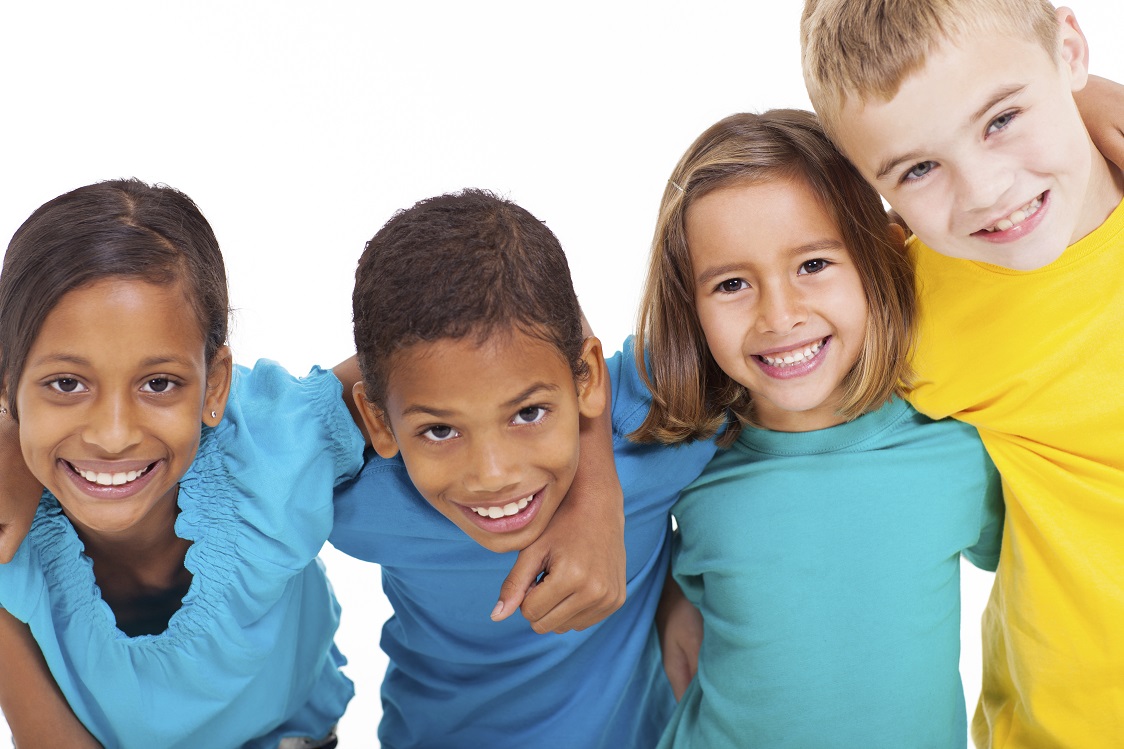 For some of us, making friends is not so easy, so we really need your help. You can help us make friends by sticking up for us. When other kids see us doing something they think is different or wrong, you can help by explaining why we do things the way we do. If the other kids in our class understand us better (our gifts and our talents, what we like and don’t like) it might be easier for us to make friends.
For some of us, making friends is not so easy, so we really need your help. You can help us make friends by sticking up for us. When other kids see us doing something they think is different or wrong, you can help by explaining why we do things the way we do. If the other kids in our class understand us better (our gifts and our talents, what we like and don’t like) it might be easier for us to make friends.
Bullying happens all the time in our schools, and lots of times teachers just ignore it. We don’t think this is right. Maybe if teachers stepped in, there would be more chances for kids to get to know one another and become friends.
We don’t need to be friends with the whole class. Not everyone needs to be our friend. We just want the chance to get to know other kids in the same ways that all kids learn about each other, being part of classroom learning groups, and participating in after-school clubs and activities like other kids our age. Don’t rule out an opportunity for us to join an activity that we might think is fun. This is where new friendships are made and old ones have a chance to grow stronger and better.
TAKE ACTION: Read this post for 10 fun ways to encourage positive peer relationships in your classroom. And seek out advice from the experts: the new edition of Paula Kluth’s beloved inclusion guide, You’re Going to Love This Kid!, has a full chapter of practical guidance on friendships, social relationships, and belonging.
Believe I Can Be Something Great When I Grow Up
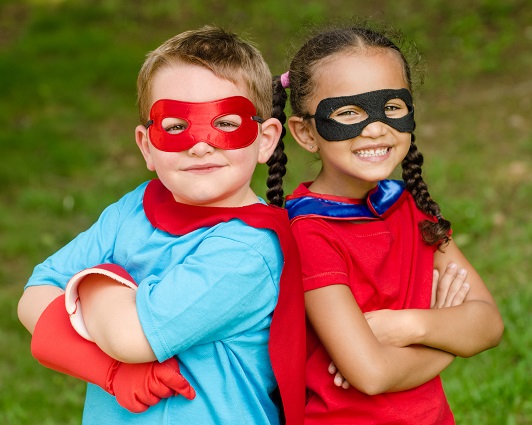 Our dreams are not any different because we have disabilities. We need our teachers to believe that we can have big dreams and hopes just like all kids, and we need you to support our dreams to come true.
Our dreams are not any different because we have disabilities. We need our teachers to believe that we can have big dreams and hopes just like all kids, and we need you to support our dreams to come true.
There are lots of ways you can do this. You can encourage us in our studies to learn about the things that interest us. You can make sure that we have ways to demonstrate what we are passionate about in our lives. You can tell us that you believe in us and that you will help us learn everything we can to achieve our dreams. You can make sure that we have the same chances as everyone else to figure out what we enjoy and what we are good at.
Make sure we take all of the subjects and classes that are available to other students. Support us in joining extracurricular activities and participating in clubs and sports. If we’re in high school, make sure we take all the required classes, attend college fairs, and have internships and mentors who can help us achieve our dreams. The only way we can learn about what is possible is to participate in everything that schools have to offer.
TAKE ACTION: Person-centered planning is an ideal way to support progress toward a student’s goals and dreams. Read this post for a peek into a successful person-centered planning meeting.
GET THE BOOK
For more ready-to-use inclusion help, check out Quick-Guides to Inclusion, a friendly and super-readable guidebook for teachers. It’s filled with ideas, examples, and tips on a wide array of essential topics: literacy, partnerships with parents, positive behavior support, and curriculum adaptations, and much more.
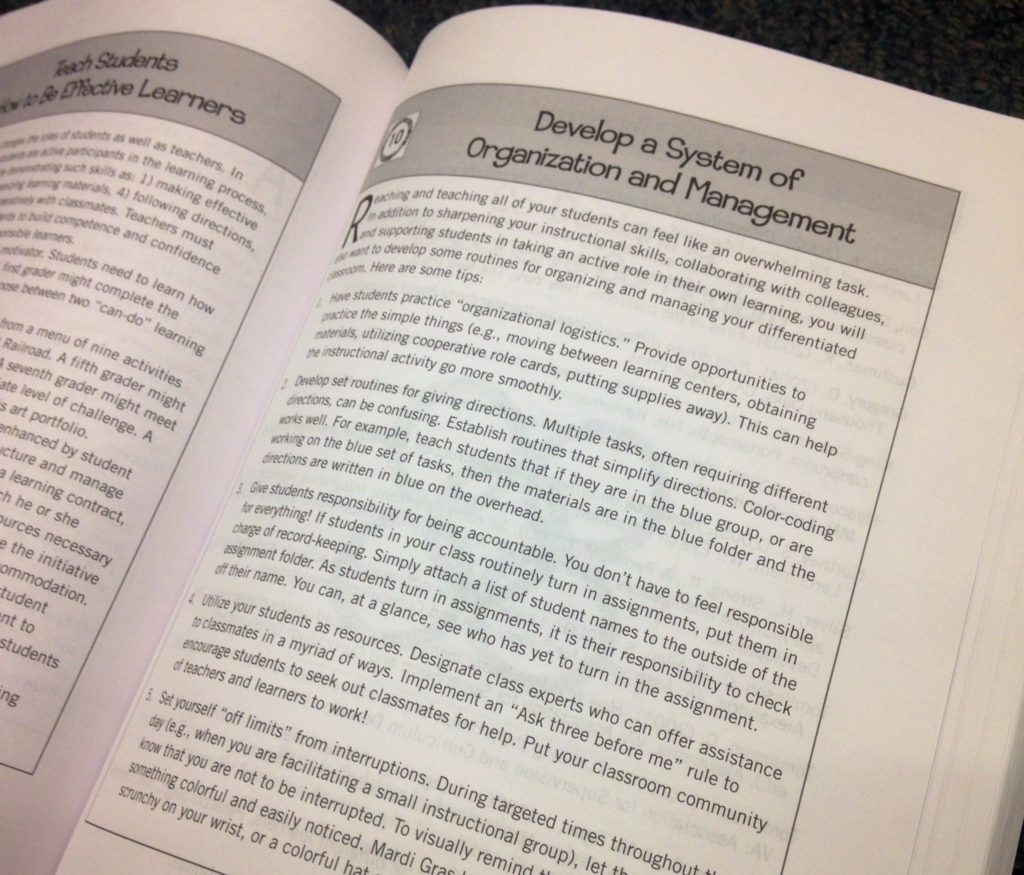

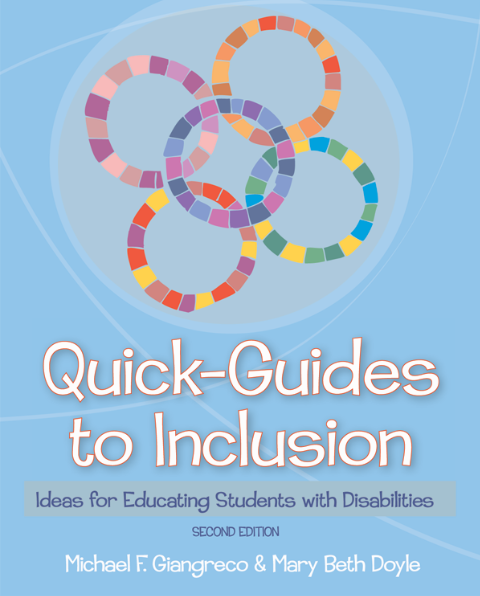
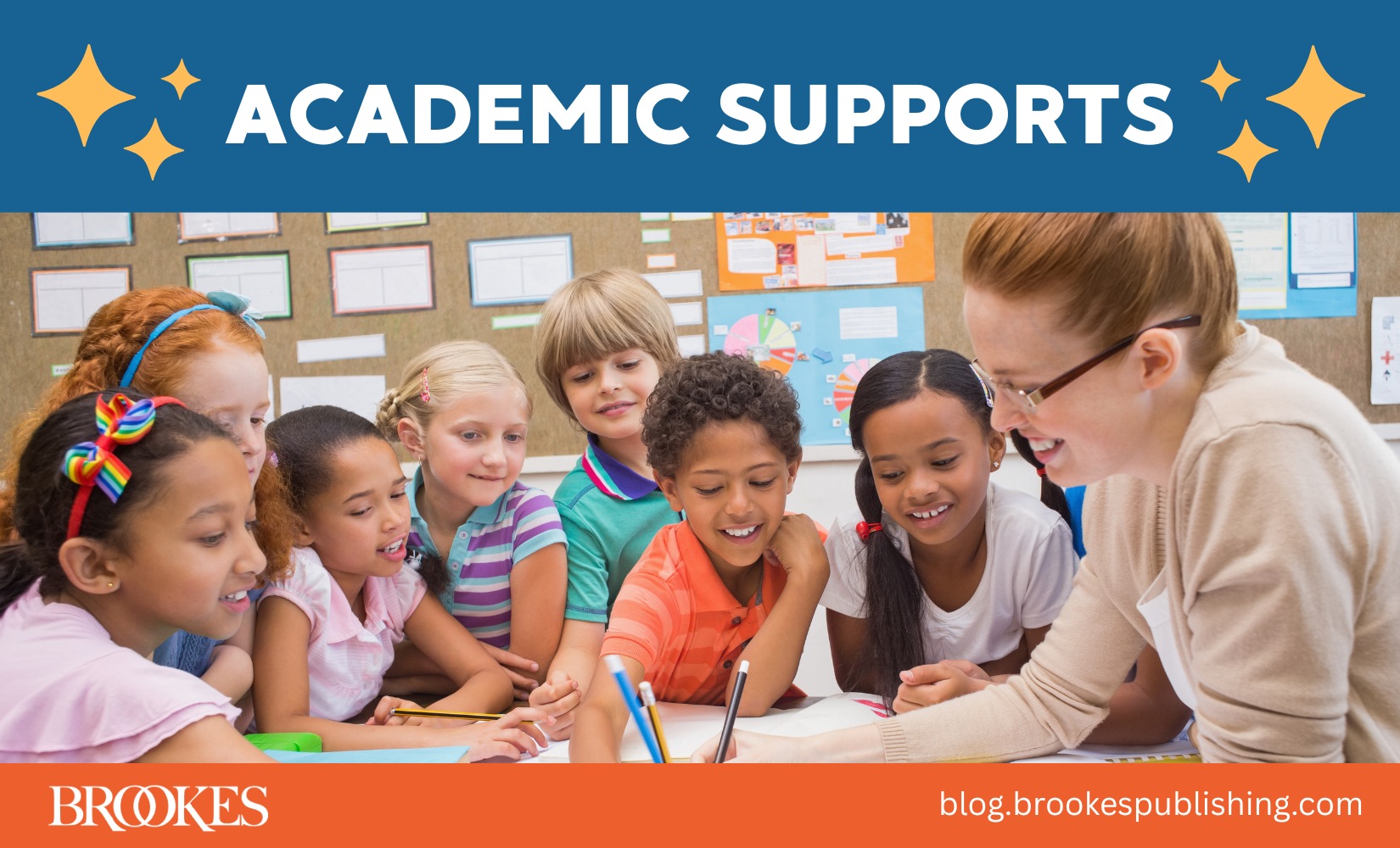
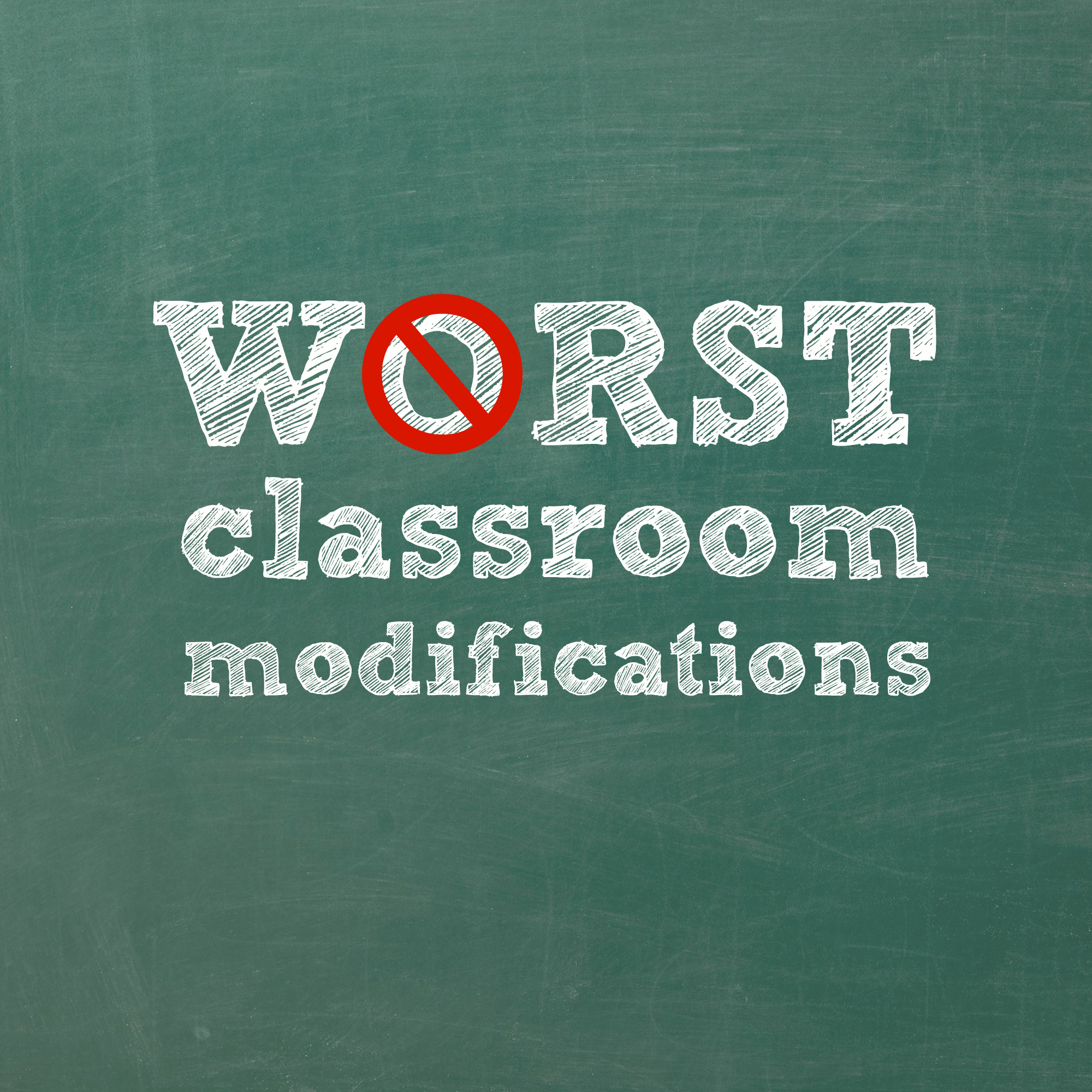
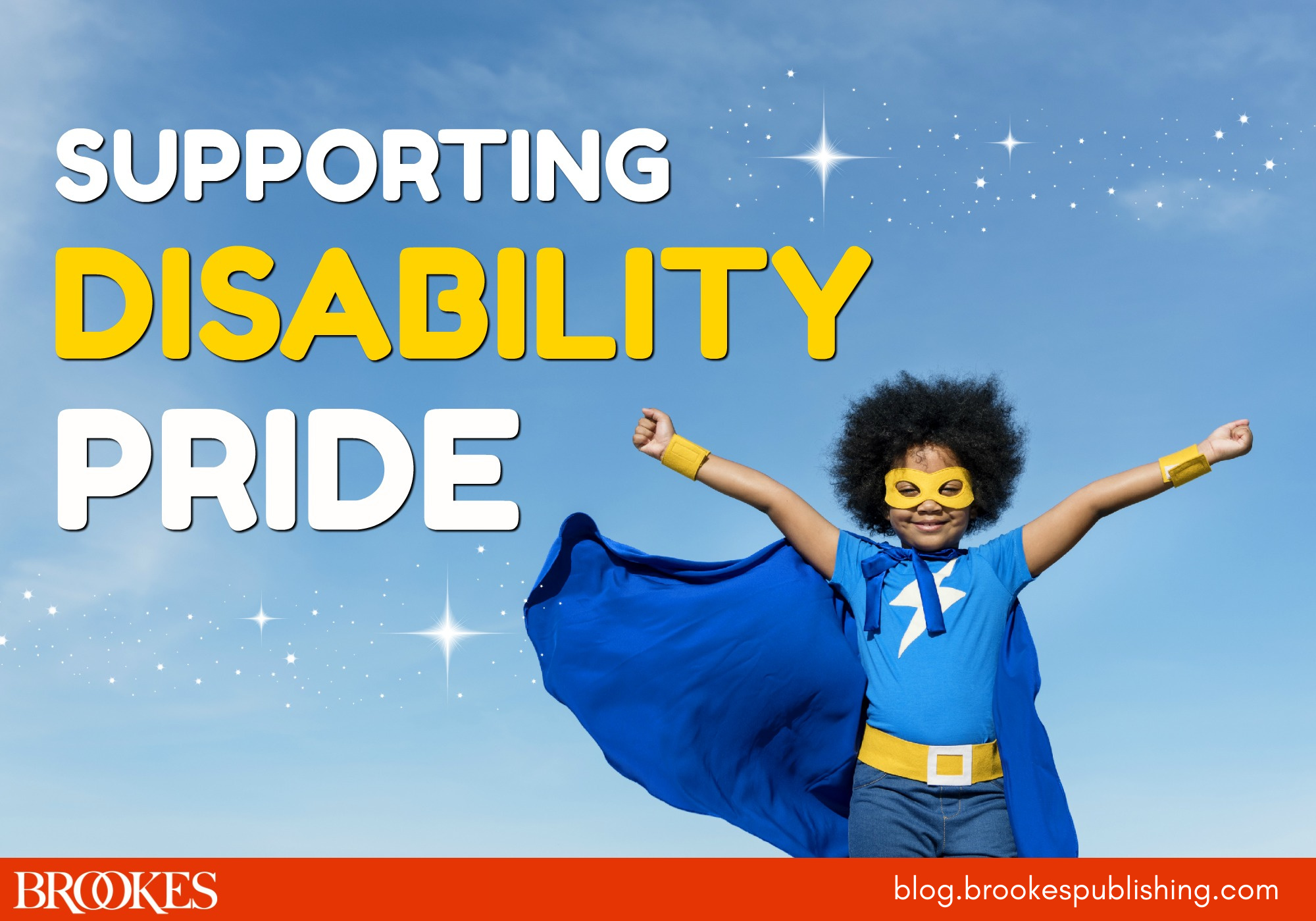
Write a Comment
Your email address will not be published. Required fields are marked *
Post a Comment